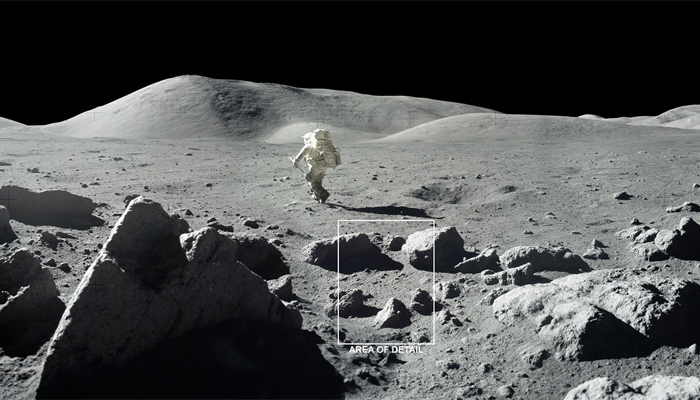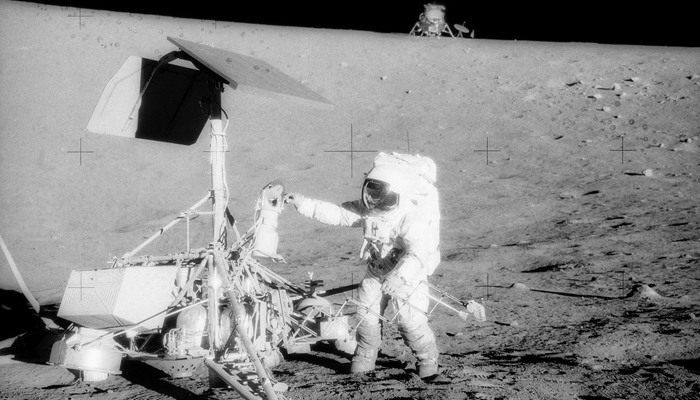How 1970s Apollo moon mission is impacting moon?
The analysis was carried out using data from the 1970s and studied using artificial intelligence (AI) algorithms
September 17, 2023

A recent study has revealed that the US moon mission Apollo of 1972 is reacting to the high temperatures on the moon causing tremors or moonquakes, allowing scientists to offer further insight on how the seismic activity is taking place on the Earth's natural satellite.
The analysis was carried out using data from the 1970s and studied using artificial intelligence (AI) algorithms, marking for the first time how human-made things interact with lunar temperatures — contracting and expanding — creating vibrations also called impulsive thermal moonquakes.
The study noted that the temperatures on the moon during the dark are as cold as minus 208 degrees Fahrenheit (minus 133 degrees Celsius) and in the sunlight, it becomes 250 degrees Fahrenheit (121 degrees Celsius) hot, underlining that these temperatures also cause the lunar surface to expand and contract.
The research was published earlier this month in the Journal of Geophysical Research: Planets, in which the experts ascertained mild shakings caused by the Apollo 17 lunar lander, placed just a few hundred yards from instruments recording the quakes.

It was also found that these tremors are harmless and can be inconspicuous by humans on the moon, however, this analysis has provided further insight into how the moon behaves during quakes as scientists are making efforts to build an outpost on the Earth's natural satellite.
Dr Angela Marusiak, an assistant research professor at the University of Arizona’s Lunar and Planetary Laboratory said that Apollo 17 carried instruments to observe moonquakes, leaving a range of seismometers to detect the expansion and contraction of the surface and the outcome of it.
The researchers wrote: "Thousands of these signals were recorded during an 8-month span from 1976 to 1977 on four seismometers deployed during the Apollo 17 Lunar Seismic Profiling Experiment, but the poor quality of data makes analysis difficult."
"We developed algorithms to accurately determine the arrival timing of the waves, measure the strength of the seismic signal, and find the direction of the moonquake source," they noted.
The study also differentiated the quakes caused by the natural reaction of the moon’s surface to sunlight — also called emergent thermal moonquakes.
It should also be noted that, unlike Earth, the moon’s surface does not have tectonic plates causing quakes. However, there is a robust activity present inside its soil causing seismic events at times.
Marusiak said: "I'm hoping that with the Artemis program, seismometers will continue to be included because they are really vital for understanding what goes on, not just at the very surface, but even deeper down into the regolith."
"It’s important to know as much as we can from the existing data so we can design experiments and missions to answer the right questions," said coauthor Allen Husker, a research professor of geophysics at Caltech, in a statement.
"The Moon is the only planetary body other than the Earth to have had more than one seismometer on it at a time. It gives us the only opportunity to study another body thoroughly."











